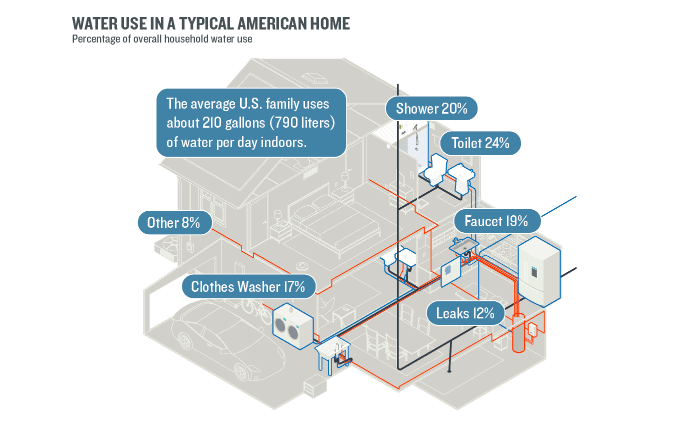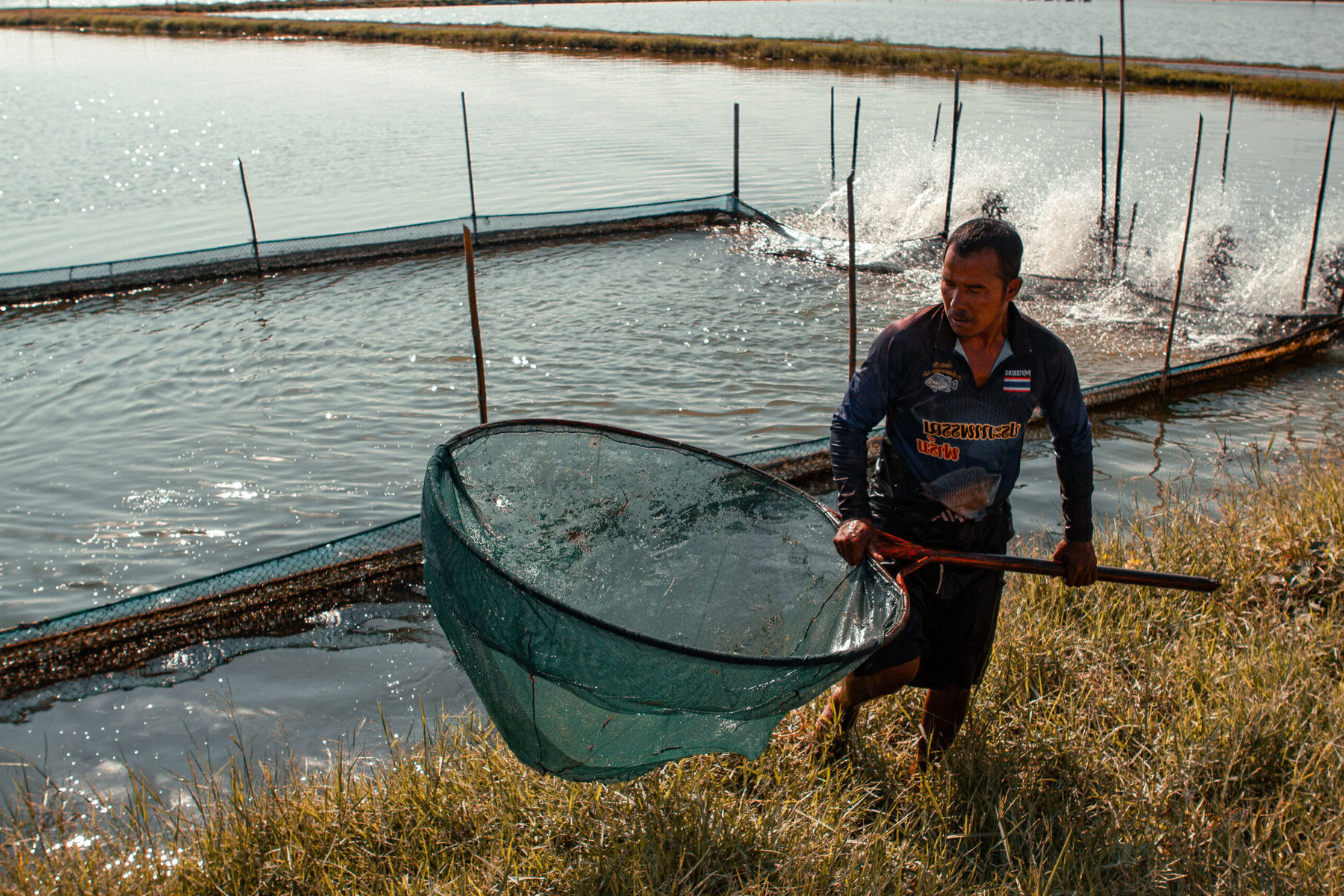Moving west is a time-honored American tradition, a journey taken over the centuries by fortune-seeking pioneers and Hollywood dreamers alike. But all those new arrivals—along with droughts exacerbated by climate change—have increased the pressure on water resources in western cities from Denver to sunny L.A.
As parched as some of those cities are getting, they’d be even more dehydrated if not for the modern-day toilet, water conservation’s mild-mannered superhero in disguise. Relatively unchanged in appearance over the last 70-odd years, toilets have arguably been one of the most critical factors in keeping western reservoirs filled.

The average American home uses 210 gallons of indoor water per day, and the fixtures that use the most of it—some 24 percent—are the toilets. In other words, no water saving strategy can succeed without putting toilets front and center, which is exactly what the U.S. has done since around the time of World War II.
Before then, toilets used a titanic seven gallons of water per flush. (For comparison, the Gatorade tank that drenches the winning coach at the Super Bowl contains ten gallons). Even as recently as 1980, the average toilet flushed a full five gallons at a time. Back then, Americans used 1,900 gallons of water per capita annually.
So this really happened … ?
Gatorade shower for Brian Flores! pic.twitter.com/K6jVbPvSbv
— René Bugner (@RNBWCV) November 4, 2019
But in the early ‘80s, toilets began using dramatically less water. The ones manufactured between 1980 and 1994 flushed an average of 3.5 gallons per use. In 1995 this dropped even further, when the National Energy Policy Act limited new toilets to 1.6 gallons of water per flush—less than one-quarter of the pre-war commodes. The rising efficiency of toilets was a major reason U.S. household water use peaked in 1980 and has steadily decreased ever since.
As awareness of environmental issues grew in the 1990s and 2000s, cities and states imposed even deeper restrictions of their own. Interestingly, some of the earliest of these regulations originated on the soggy east coast—less a way to save water than to give aging cities’ sewerage systems a break. But soon, western places took the lead on more eco-friendly toilets. Nevada set maximum flow rates for plumbing fixtures in new construction in 1993. In 1999, Los Angeles required low-flow toilets of any home put on the market. Even don’t-mess-with-me Texas banned water-wasting fixtures in 2014, on the heels of the extreme drought that scorched much of western North America one year prior.
These regulations have had a significant impact. In 1999, the average toilet flushed 45 gallons of water daily. By 2016, that had decreased to 33 gallons—a 27 percent reduction. This isn’t a case of “improved technology will save us” greenwashing—all those more efficient flushes genuinely add up. Replacing a single older toilet with a low-flow version can save 300,000 gallons over the life of the fixture. Boulder, Colorado-based water conservation group Resource Central has upgraded 2,000 toilets, which will save 500 million gallons of water over the course of their lifespans. And there’s still room to grow. Five western states with already-strict toilet regulations still have 13 million inefficient toilets, all of which will eventually be upgraded.
The long, sustained greening of American johns has been one of the most transformative factors in keeping drought-stricken western cities from running dry. The proof is in the water meters: In cities from Denver to Las Vegas to Phoenix, water use is either staying stable or going down, even while populations continue to rise. And still, regulations are tightening. In 2016, California implemented the toughest toilet restrictions in the country, with a new, hyper-efficient 1.28 gallon-per-flush limit.
Installing a low-flow toilet is the very definition of low-hanging fruit—nature’s call remains the same experience as always, no matter how much water is bidding it adieu. And that’s the beauty of it. “A toilet is a toilet,” Resource Central’s Neka Sunlin told NPR, “and it’s no behavior change whatsoever. You literally just save water with every flush.”
This story is a companion piece to our recent article, “Making It Rain” — check it out.






